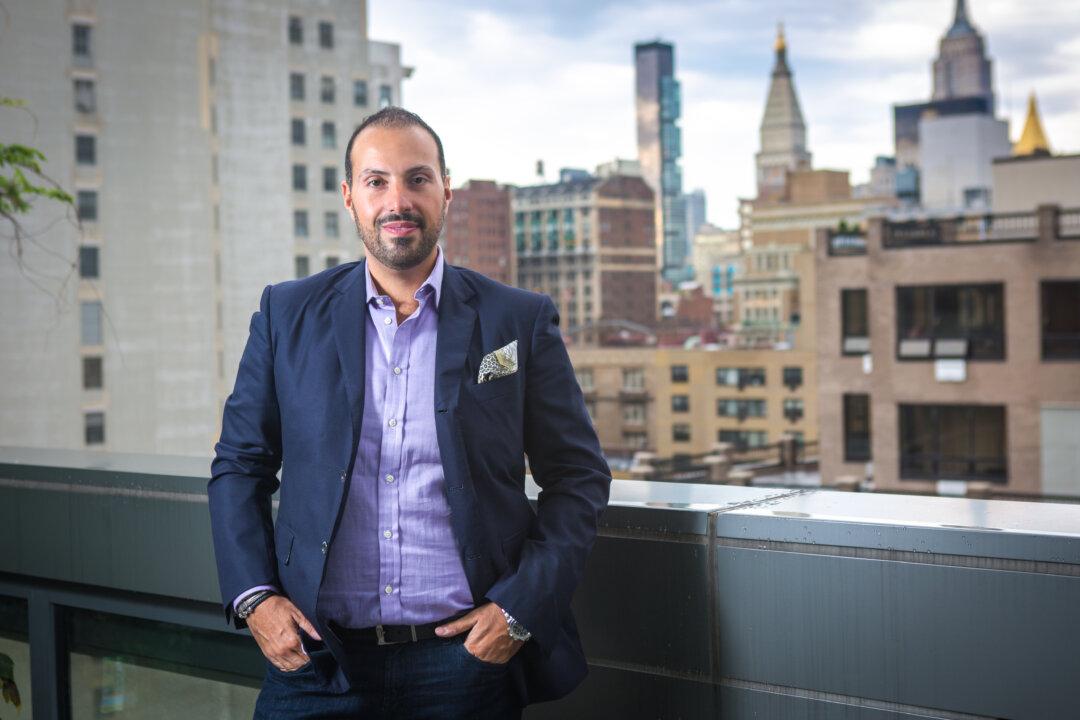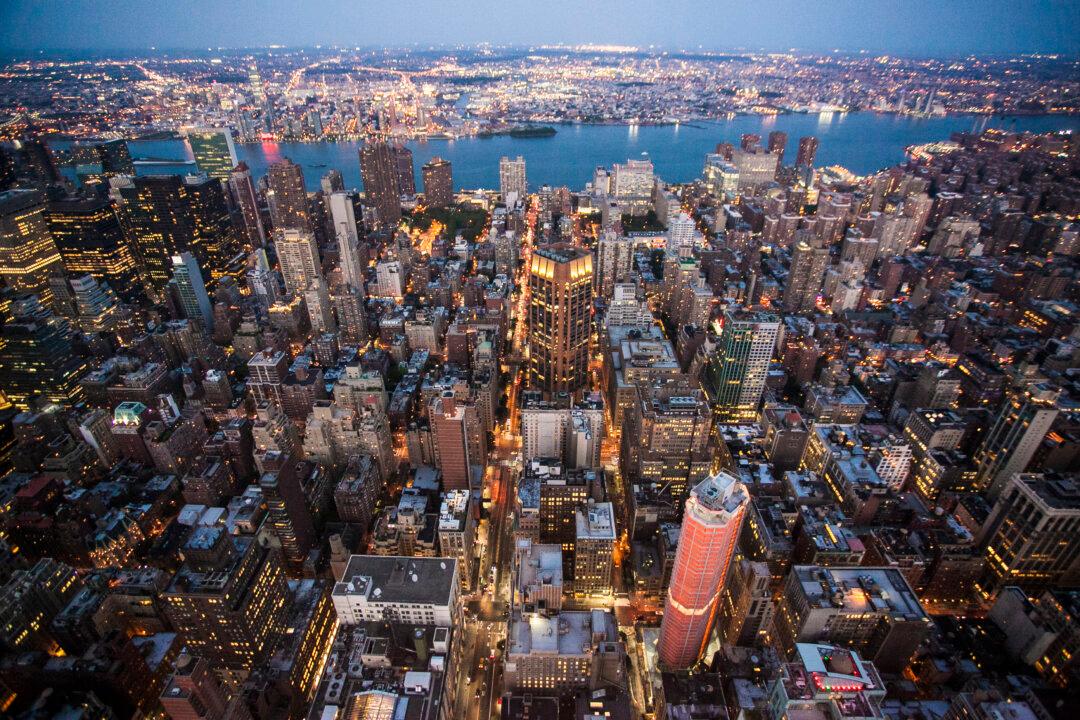NEW YORK—A high-end Persian carpet store is about to lose its space near Fifth Avenue in NoMad after 35 years, and its owners still don’t know why.
Masood Banilivy, 58, of Banilivy Rugs has negotiated his lease at 3 E. 28th St. annually for the last several years. But last December, he only managed to negotiate a four-month extension with his landlord Winter Properties. That extension ends April 30.
In the traditionally wholesale neighborhood of NoMad (North of Madison Square Park), where Banilivy’s store is located, the draw of better-known surrounding neighborhoods, such as Herald Square, Flatiron, Union Square, and Chelsea has been gradually spilling over. NoMad has been abuzz with new residential development, condo conversions, and new hotels.
Rents have reached such heights even Starbucks has refused to renew a million-dollar lease at Fifth Avenue and West 33rd Street, the Commercial Observer recently reported.
Popular Neighborhoods
Faith Hope Consolo, chairman of the Retail Group at Douglas Elliman Real Estate, said NoMad has become one of the busiest residential areas in the city. Major new condo buildings are under construction, including 400 Park Avenue South, and developers are also doing condo-conversions at buildings such as The Whitman and 10 Madison Square West. And all this drives retail.




